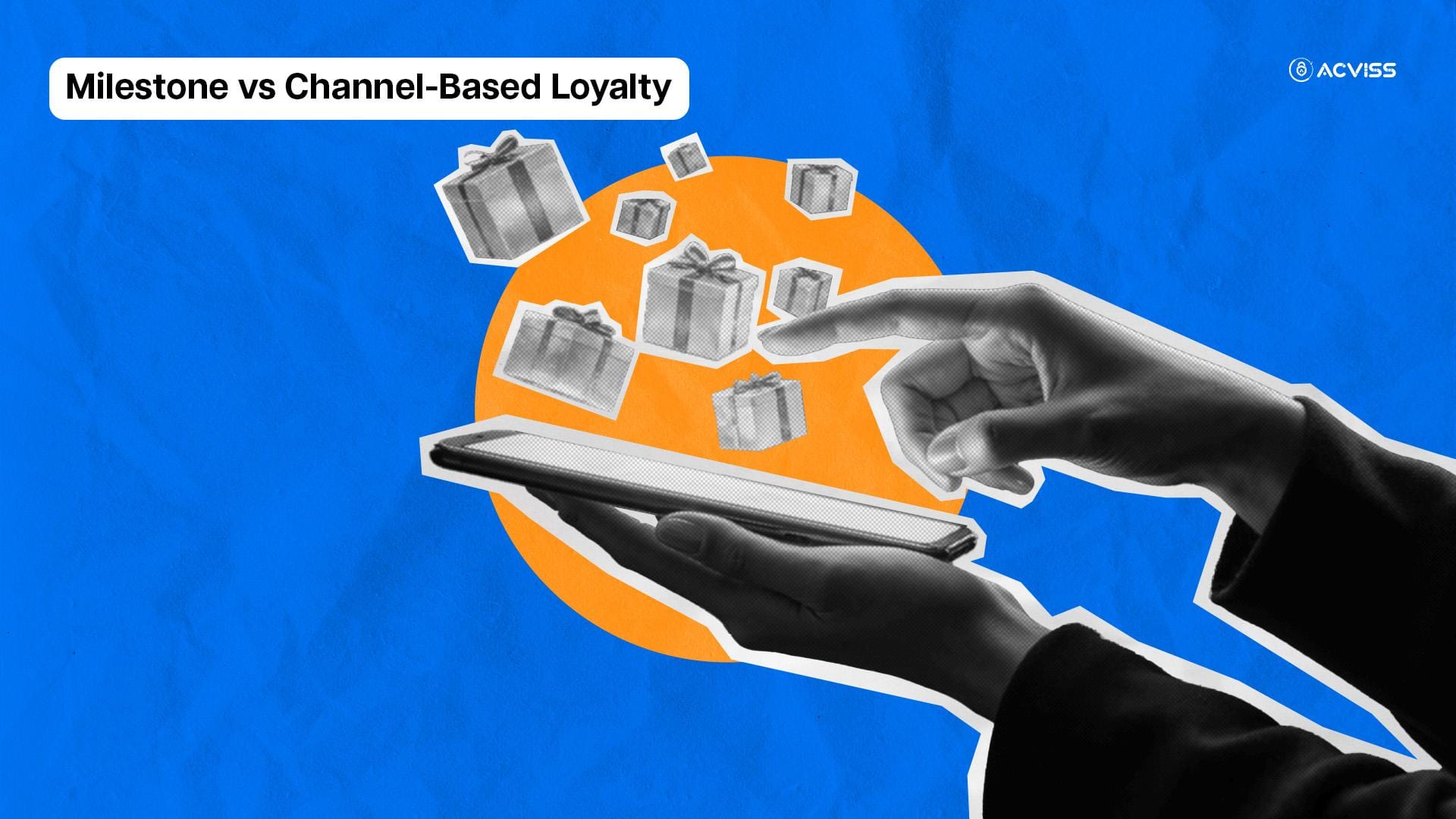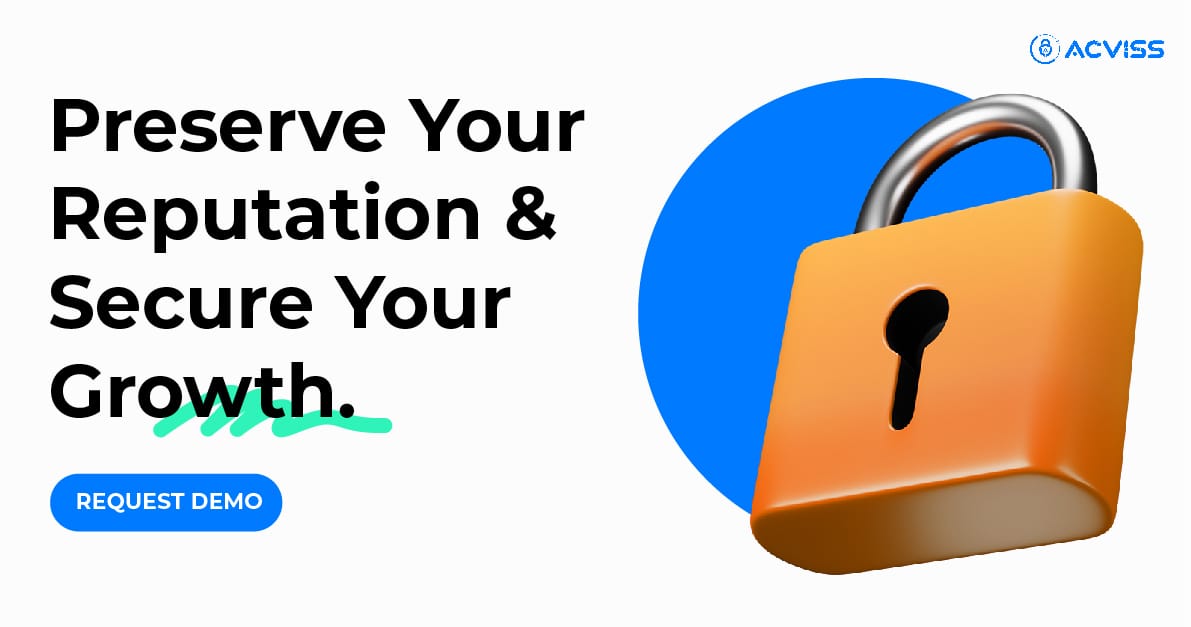Milestone vs Channel-Based Loyalty: Choosing the Right Supply Chain Strategy For You

When it comes to supply chain management, loyalty isn’t a word that typically dominates boardroom conversations. Yet, in an era of fierce competition, fractured trust, and increasing counterfeit threats, loyalty is precisely what brands need to cultivate, not just with consumers but across the entire supply chain ecosystem. From distributors and dealers to retailers and field agents, loyalty programmes are proving to be silent powerhouses in reinforcing brand protection, encouraging engagement, and ensuring consistent product traceability.
But not all loyalty programmes are created equal.
Two primary models dominate the field: milestone-based and channel-based loyalty. Understanding how each works, who benefits, and where they fit in the larger brand strategy can make the difference between building lasting trust and watching stakeholders quietly disengage.
Why Loyalty in the Supply Chain Matters More Than Ever
The traditional focus of loyalty programmes has been the end consumer. But in industries plagued by counterfeiting, tampering, and unauthorised sales, the real vulnerabilities lie deeper in the supply chain. Empowering your channel partners and ground-level stakeholders with well-designed reward mechanisms goes beyond incentives; it's about creating advocates and watchdogs for your brand.
When paired with robust technologies such as product authentication,track and trace systems, and anti-counterfeiting solutions, loyalty programmes become not just a carrot, but a shield.
Understanding the Two Models: Milestone-Based vs Channel-Based Loyalty
Let’s take a closer look at the two dominant loyalty structures.
1. Milestone-Based Loyalty Programmes

These programmes reward stakeholders when they hit predefined goals or checkpoints. Think of them as the supply chain equivalent of airline miles. The more you engage, the more you unlock.
Examples of milestone-based reward types:
- Products Sold: Distributors or retailers earn rewards after selling a specific number of units.
- Batch-Based Rewards: Each batch of products has unique identifiers. Successfully pushing authentic batches into the market earns progressive incentives.
- DOB-Based Campaigns: Dealers and field agents receive special incentives on their birthdays, building emotional affinity with the brand.
- Product-Based Milestones: Specific products carry higher reward values to drive focus on priority SKUs or newer launches.
Strengths:
- Creates clear short-term goals
- Encourages repeat participation
- Great for time-bound campaigns or seasonal pushes
Weaknesses:
- Can lose momentum if milestones are too distant or unachievable
- Doesn’t always foster deeper brand alignment or advocacy
2. Channel-Based Loyalty Programmes

These programmes categorise participants based on their role in the supply chain (e.g. distributor, sub-distributor, retailer, promoter) and offer tailored incentives that reflect their function and value contribution.
Examples of channel-based reward structures:
- Signup Bonus: Rewarding stakeholders upon onboarding builds early traction and motivates initial compliance.
- Referral Rewards: Channel partners who introduce new verified stakeholders get rewarded, aiding network expansion.
- Role-Based Tiers: Retailers earn differently than regional distributors; custom structures drive fairness and relevance.
Strengths:
- Offers personalisation and fairness
- Fosters long-term alignment with brand goals
- Encourages advocacy and partner expansion
Weaknesses:
- Requires more complex backend systems
- Needs regular evaluation to ensure tier relevance
Bonus Loyalty Programmes: Driving Engagement Beyond Metrics
Bonus loyalty rewards act as flexible, spontaneous motivators that can be layered across any loyalty framework. Unlike structured milestones or fixed channel roles, bonus programmes introduce surprise elements that keep stakeholders alert, appreciated, and emotionally invested in the brand.
Common bonus programme strategies include:
- Surprise and Delight: Unexpected rewards for consistent performers or long-time partners.
- Gamified Bonuses: Stakeholders can complete simple digital actions or quizzes to unlock extra points.
- In-App Bonus Triggers: Digital platforms may deploy location-based or time-sensitive bonuses to encourage scanning, product verification, or training module completions.
- First-Mover Advantage: The earliest participants in a new campaign or product launch may earn additional bonus rewards.
These bonus structures are particularly effective in combating incentive fatigue. When predictable milestones become routine, injecting bonus triggers reactivates interest and engagement. It also builds goodwill and reinforces brand loyalty beyond contractual or commercial expectations.
Other Loyalty Types That Brands Shouldn’t Ignore

Beyond these two foundational models, several hybrid and contextual loyalty types can further enhance engagement:
- Event-Based Rewards: Offering points during festive seasons or sales events can drive participation.
- Feedback-Based Incentives: Stakeholders earn bonuses for providing product, packaging, or delivery feedback.
- Geo-Based Rewards: Special campaigns in underperforming regions can help increase penetration.
These formats, when layered onto milestone or channel-based frameworks, bring richness and flexibility.
The Critical Role of Technology in Running Loyalty at Scale
A loyalty programme, no matter how well structured, can only work if it’s built on verifiable data. That’s where product authentication and product verification systems step in.
Technologies such as serialised labelling, non-cloneable QR codes, and blockchain-powered product traceability make it possible to:
- Authenticate every unit being sold or moved
- Ensure only legitimate stakeholders earn rewards
- Create a closed-loop system of trust within the supply chain
With anti-counterfeiting solutions becoming non-negotiable for brand protection, integrating them with loyalty systems is no longer optional. It’s foundational.
Acviss’s suite of brand protection technologies exemplifies this integration. Whether it’s through product authentication at point-of-sale, or product traceability through blockchain, brands gain not only transparency but also actionable insights into who is engaging with their products and how.
Common Mistakes Brands Make in Loyalty Programmes
Many brands fall into predictable traps when launching loyalty efforts for supply chain partners:
- Overcomplicating the Reward Structure: If it takes more than a minute to explain, it’s too much.
- Undercommunicating Programme Benefits: Lack of awareness can kill even the best-designed initiatives.
- Missing Verification Steps: Without product verification, counterfeiters may exploit the system.
- Failing to Integrate with IP Protection Measures: Loyalty without trademark and IP protection is like rewarding the wrong player.
Avoiding these pitfalls requires a shift in thinking: from treating loyalty as a sales gimmick to embedding it into the brand’s trust architecture.
Choosing the Right Model: A Practical Framework
So, how should a brand decide whether to go milestone-based, channel-based, or hybrid?
Here’s a simple lens:
Factor | Go Milestone-Based If... | Go Channel-Based If... |
|---|---|---|
Brand Maturity | You’re pushing new launches | You have a complex, multi-tiered network |
Tech Infrastructure | You have basic systems | You’re already investing in authentication |
Engagement Goal | You want short bursts of activity | You seek long-term advocacy |
Partner Diversity | Most stakeholders perform similar roles | Stakeholder roles vary widely |
For many growing brands, a hybrid structure tends to offer the best of both worlds. Start with milestone-based nudges, then graduate to personalised channel rewards as the programme matures.
Loyalty as a Trust Mechanism

In the backdrop of rising grey market sales, fake listings, and compromised packaging, loyalty becomes a mechanism not just to reward but to verify. It aligns incentives with brand authentication and encourages partners to protect their credibility.
The loyalty layer, when combined with track and trace capabilities, creates a resilient supply chain where visibility and accountability work hand in hand.
Loyalty as Part of the Bigger Puzzle
While reward structures are important, they are just one piece of the brand protection ecosystem. To truly secure their supply chains, brands must weave together product verification, trademark protection, and real-time product traceability.
Because in the world of supply chains, loyalty isn’t bought. It’s built. And it starts with knowing exactly where, how, and by whom your products are being moved.
Looking to build a traceable and verifiable product experience? Connect with us to explore our advanced authentication and traceability solutions.
